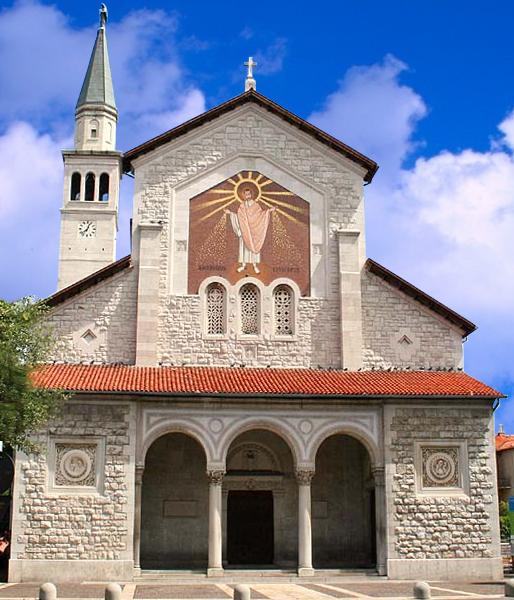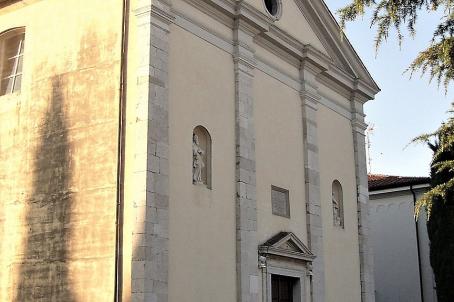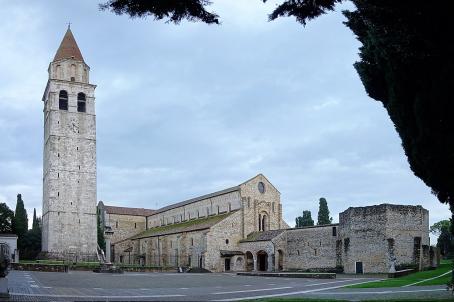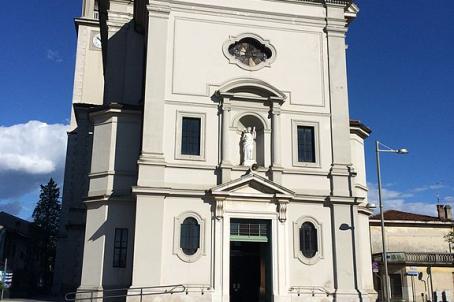Monfalcone Cathedral
Monfalcone Cathedral was built between 1926 and 1929 on top of an old 18th-century church, traces of which can be seen behind the present cathedral. This church was itself the restoration or reconstruction of an ancient church of medieval origin. During the hostilities of the First World War, the bell tower collapsed on the building, eventually destroying the church. At the end of the war, the only remaining place of worship had to be rebuilt, hence the construction of the present neo-Romanesque building in the 1920s.






